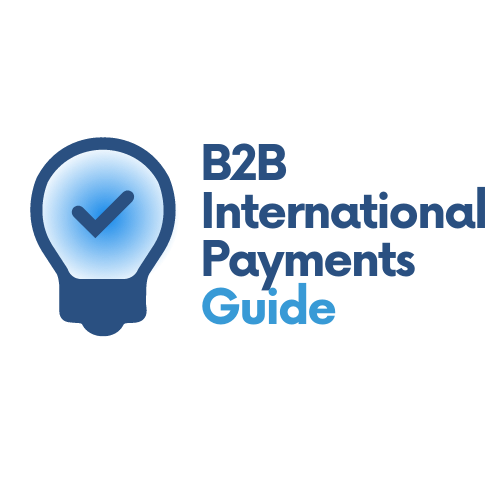The COVID-19 pandemic has affected the way small and medium-sized businesses operate. Simple day-to-day business operations became far more complicated than ever before; with delays specifically affected by lockdowns, stay-at-home orders, supply shortages, and closed borders.
Given the pandemic's conditions, getting paid on time has become pivotal to the make or break of a business. Cash flow is the lifeblood of many SMEs, especially those in the service and product industries. Small to medium-sized businesses often perform the service and then get paid; thus, the delay of receiving a payment can put a tremendous financial strain on the business.
Exploring the various payment options available can help avoid delayed payments. With the vast variation in payment options available, it can be difficult deciding the perfect fit for your business. Hence, the following article is a guide on getting paid quickly for your small to medium-sized business.
This article will look at three popular methods used for cross-border transfers:
 |
 |
 |
| ► ACH (Automated Clearing House) | ► International Wire Transfers | ► Paper Cheques |

 As mentioned in our
As mentioned in our  nternational wire transfers are completed electronically over various banks across the world; hence, an easy method to transfer money overseas. Wire transfers can be done in person or online, and the sender is responsible for determining the exchange rate. The recipient will receive a notification of funds being deposited into their account.
nternational wire transfers are completed electronically over various banks across the world; hence, an easy method to transfer money overseas. Wire transfers can be done in person or online, and the sender is responsible for determining the exchange rate. The recipient will receive a notification of funds being deposited into their account. Paper cheque payments have been around since 1882. As with all tangible written works, there has been a transition to digitization with the progression of time.
Paper cheque payments have been around since 1882. As with all tangible written works, there has been a transition to digitization with the progression of time.  After exploring three common methods of cross-border payments, it is easy to depict and compare the variations of payment methods out there. However, there is a lack in terms of user satisfaction and ease for each of the three mentioned cross-border payment methods previous mentioned.
After exploring three common methods of cross-border payments, it is easy to depict and compare the variations of payment methods out there. However, there is a lack in terms of user satisfaction and ease for each of the three mentioned cross-border payment methods previous mentioned.